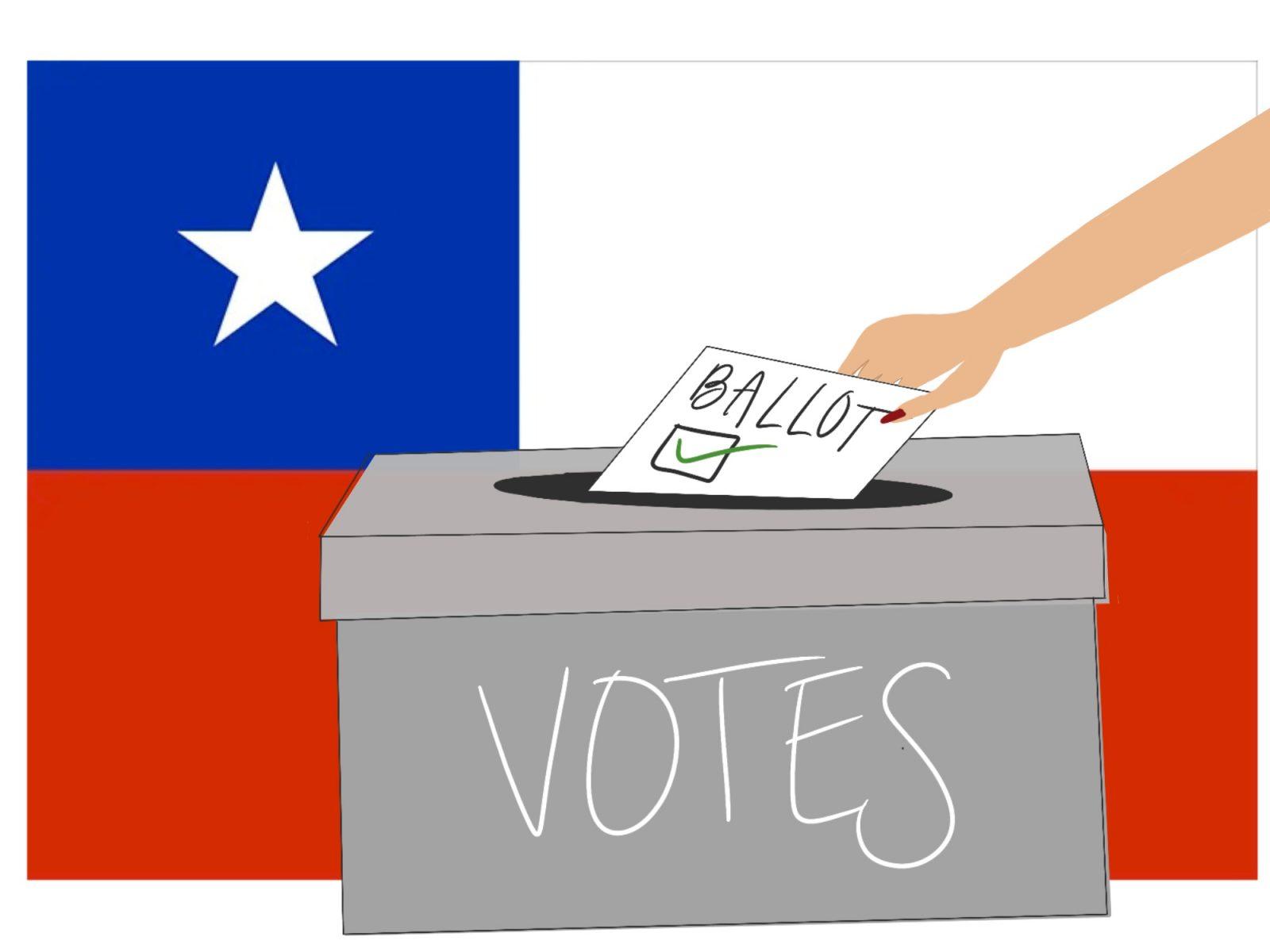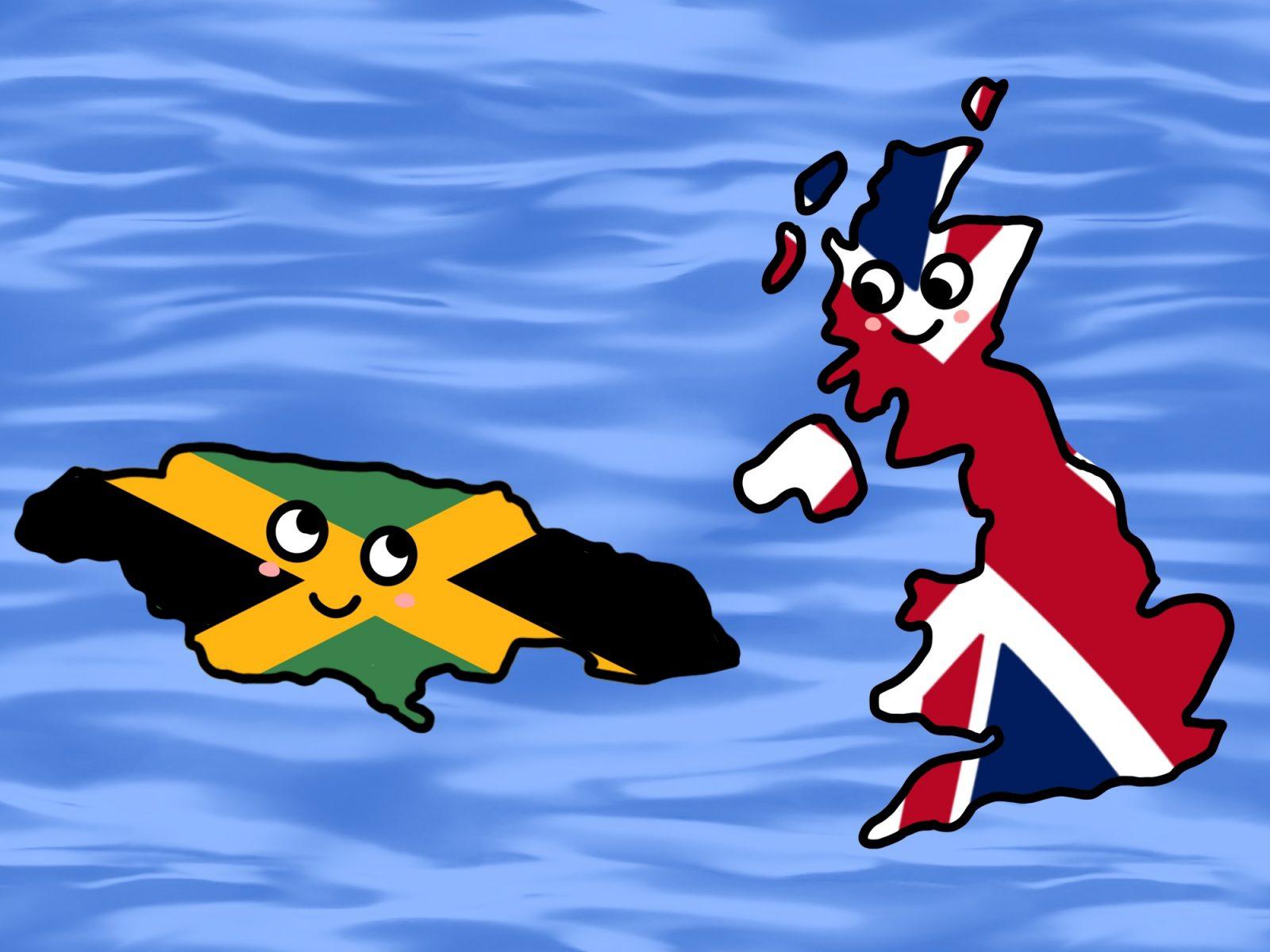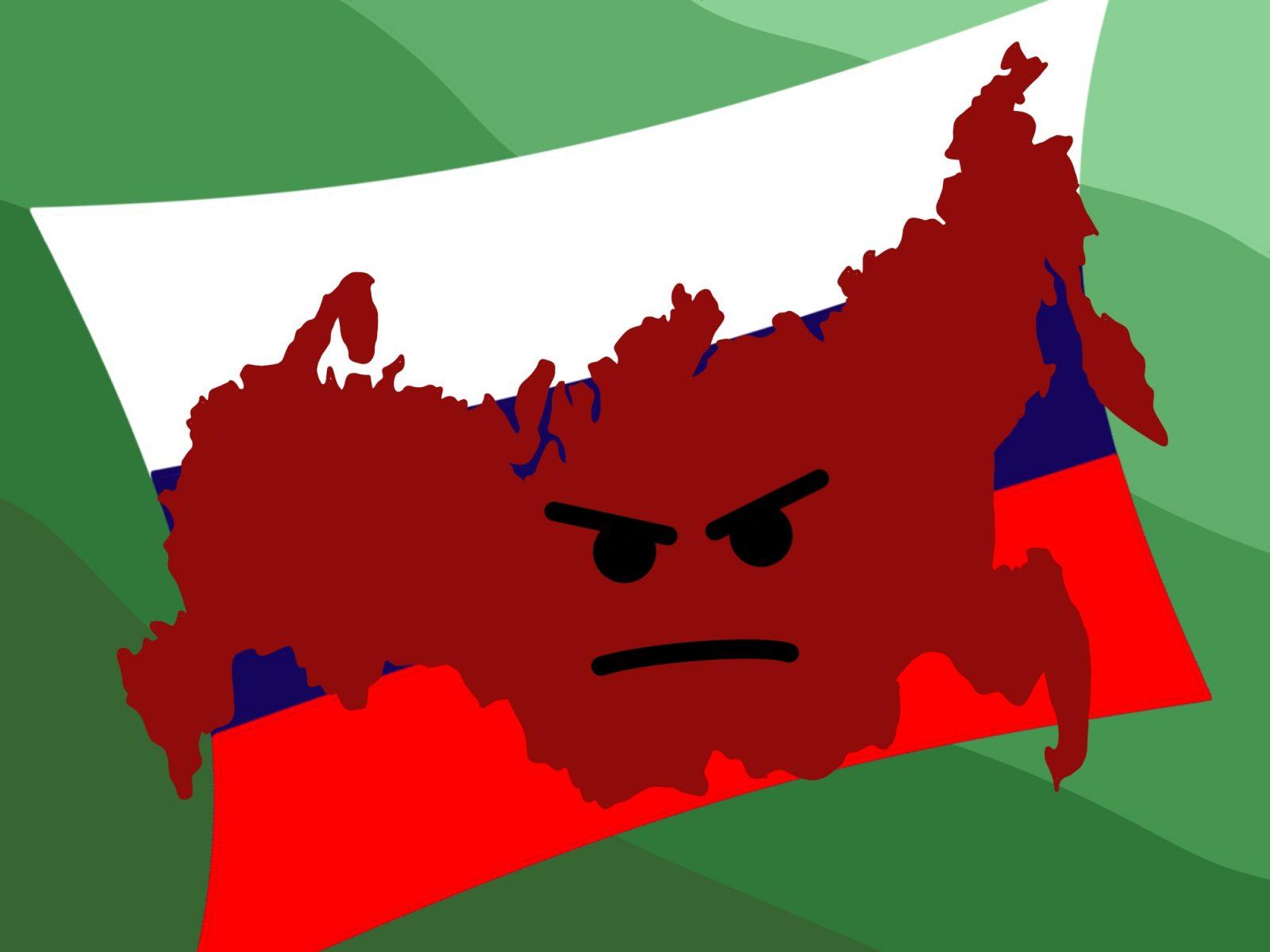This article is a part of an ongoing collaboration between The Daily Free Press and Boston University’s International Relations Review.
Each year, hundreds of thousands of migrants cross the Mediterranean from Libya hoping to reach Europe. In August 2022, there were almost 680,000 migrants in Libya.

Located at the foot of Europe, Italy is one of the most popular destinations for migrants crossing through Libya. As such, Italy is a prominent source of monetary support and training for the Libyan Coast Guard, which intercepts migrant boats before they even cross the border to Europe.
After being caught at sea, most migrants are sent to detention centers in Libya run by the Directorate for Combating Illegal Migration (DCIM). These detention centers have been accused of crimes, such as murder, forced disappearances, torture, enslavement, sexual violence, rape and other inhumane acts.
What the Italian government can and should do right now is stop funding for the Libyan Coast Guard. In 2021 alone, Italy gave about €10.5 million to support the Libyan Coast Guard.
Just last year, Germany declared that it would stop training the Libyan Coast Guard due to their treatment of migrants.
Directly contrasting its (indirect) treatment of migrants, Italy did sign and ratify the 1951 Refugee Convention. The non-refoulement principle of the convention asserts that states cannot send refugees or asylum seekers back to a country where they risk facing persecution.
In August 2008, Italy and Libya signed the Treaty on Friendship, Partnership, and Cooperation, which both bans illegal immigration from Libya and states that both countries will act in accordance with the United Nations Charter and the Universal Declaration of Human Rights.
Despite this, in 2009, Italian authorities forcibly returned a migrant boat from international waters to Libya without screening to see if some were refugees or needed protection, the first time after World War II that a European state had done so.
Later in the 2012 Hirsi Jamaa and Others v. Italy case, the European Court of Human Rights upheld the rights of migrants and ruled in favor of 24 people fleeing from Somalia and Eritrea, who were intercepted by Italian authorities at sea and returned to Libya. They found, again, that Italy violated the principle of non-refoulement as well as the European Convention of Human Rights.
The issue of migration influx, which Italy has borne the brunt of, also divided leadership within Italy and the EU.
Matteo Renzi, who served as Prime Minister of Italy from 2014 to 2016, supported Operation Mare Nostrum, a search and rescue operation that helped some hundred and fifty thousand migrants safely reach Europe.
But the operation was immensely costly, especially at a time when Italy was trying to avoid yet another recession and there was growing resentment among the Italian public. This led to its end in 2014.
Alternatively, Marco Minniti, who became Italy’s Minister of the Interior in 2016, fiercely focused on border control — he was so fervent with his anti-immigration efforts that he was soon dubbed the “Minister of Fear.”
Matteo Salvini, Minniti’s successor, also held strong anti-migration views and denied any search-and-rescue NGOs from accessing Italy’s ports. In 2022, he pledged to move screening centers for asylum seekers to North Africa and away from Italy.
On Feb. 2, 2017, Italy signed a Memorandum of Understanding with the UN-backed Libyan Government of National Accord, with support from the EU.
This will provide financial and technical support for the Libyan Coast Guard — which, again, is the force behind the illegal refoulement efforts in the Mediterranean. So far, this memorandum has been renewed twice, once in 2020 and just recently in February 2023.
It was also in 2017 that video footage by CNN shocked the world to the horrors of Libyan slave trade. The video showed men being sold at an auction in Libya for about $800.
Refugees and migrants not allowed in Europe are particularly vulnerable to smugglers and traffickers, who have made Libya their hub and have taken advantage of political disarray in Libya.
Yet, even with Libya’s corrupt and illegal treatment of migrants, the EU and Italy have made it clear that continued partnership with Libya will remain on the agenda as a means to stop migration flow into Europe.
Just this February, in Italy, the EU handed over a search and rescue vessel to Libyan authorities, with promises for four more — connecting Italy even more directly with any subsequent human rights abuses committed by the Libyan government. Despite calls from the UN High Commissioner for Human Rights, Amnesty International, and other human rights organizations for the EU to stop working with Libya, more action is needed from Libya’s partners.
Part of that can come from supporting Libya in its long struggle for political stability, transparency and accountability.
Decades of violence and a failed election plan in 2021 have shattered many hopes, but there are talks of working towards a 2023 election, and Italy has been supportive thus far of a partnership with the UN to work toward free and fair elections in Libya.
If human rights are actually respected and valued in the Mediterranean, it is high time for more EU countries, including Italy, to follow suit.

























































































































